Diversity
"If it's done well, the education we offer students is by its nature difficult and uncomfortable."—Rachel Kitzinger, Professor of Classics and Dean of Planning and Academic Affairs
"For that education to really work, we need differences not only in our students' interest and ambitions, but also, importantly, differences in their backgrounds, Kitzinger says. "If you're asking students to pursue questions together that matter to them, to learn from each other, you're not going to get very far if they come into the class with a set of assumptions that are similar, if there's not a pushing back of points of view. It's always hard to question yourself, to recognize that the way you've been brought up to think or the values that you've been taught to espouse aren't shared, and that you now have to figure out whether your defend them or need to let them go."
Katie Interlichia ’11 offers an example: “I was in a class where somebody argued that no one should shop at Walmart and everyone should buy organic. And I said, ‘Speaking from the perspective of the community I come from, that’s not financially feasible. You don’t buy organic produce on food stamps.’ I think it’s really important to have a diverse array of opinions and experiences in order to fully understand a problem and enact a change. You never learn anything if somebody raises an issue and everybody is, like, ‘Yeah, I totally agree.’ Where’s the challenge in that?”
Interlichia grew up in Rochester, New York, was in the top of her high school class, did well on the SATs, and is the traditional college age. She is also from a working-class background (“In my family, we work at Kodak,” she says), and she’s the first person in her family to go to college. When she signed the Early Decision commitment letter, her father didn’t speak to her for a month. “And it wasn’t that I was expecting my parents to help me pay for college. He just didn’t want me to take on such a huge financial burden. But I just had faith. I said to myself, ‘I’m trusting Vassar College. I love it, it will love me…I hope.’”
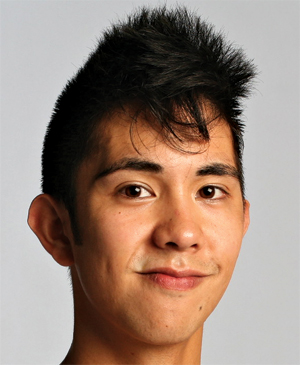
This year’s freshman class—the class of 2013—is the most diverse in Vassar history. Students come from 46 states and 34 foreign countries; 33% are students of color, up 5% from last year; and 60% are on financial aid, a 4% increase over last year. Along with the benefits of this diversity also come the challenges of serving a population of students with many differences.
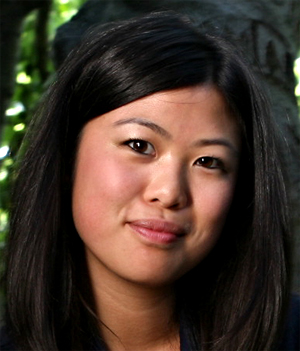
Samin Shehab ’11 is from Bangladesh and is the son of physicians. He took a heavy course load his first semester and did well, but once the semester was over and he had time to slow down and think, he says, “It sort of collapsed on me.” It would have helped to be able to go home over the break, he adds, but the cost was prohibitive, as it is for most international students. “Being away from what was normal to me for such a long time was difficult. The social norms are definitely worlds apart, the way of conduct is worlds apart, the way you talk to an adult— very basic things are completely different. When second semester started, it was hard to get back up on my feet and start again.”
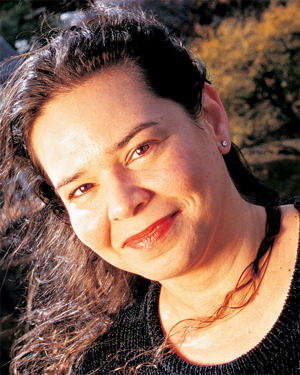
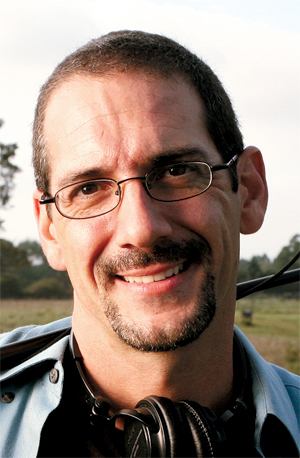

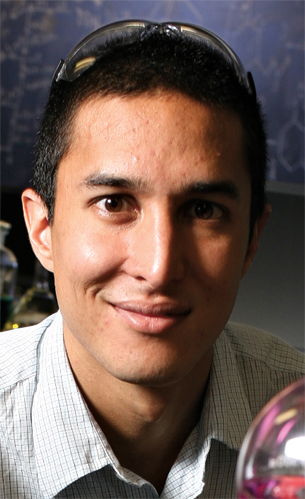
The challenge for colleges is to figure out what they need to do to support underrepresented students once they’re here. According to Atkins, “You have to have extra resources available for those students, because the burden of being the only one or one of the few is a serious extra burden, particularly when you’re 18 or 19 years old and want to fit in and be part of the group…There’s a saying—‘No one cares how much you know until they know how much you care.’ It’s a corny old saying, but when there are people at a college who identify themselves as resources for these students, then they know that the college cares about them as people, not just about them as a number—ka-ching, we’ve got our diversity numbers up this year. Every college has to look at itself in the mirror and ask, How are we addressing that?”

The other is a cultural audit, still in progress, undertaken by the Committee on Inclusion and Excellence (CIE), a joint task force comprising students, faculty, and administrators. Lisa Collins, associate professor of art, who co-chairs the CIE with Katie Hite, associate professor of political science, says, “The charge was to ask the question: What makes students thrive here, be successful and satisfied, and what are the barriers that might hinder that?” The results will be shared with the Vassar community in various forums this spring.
According to Kitzinger, both efforts will result in recommendations for improvements. “So the college is engaging in the same kind of self-examination we want students to engage in, and diversity itself becomes the subject of study,” she says. “It’s an obligation Vassar takes very seriously, to consider what it means to have a diverse community and how it actually works here.”
—Julia Van Develder
Photo Credit: Russell Monk
Have comments about this article? Email vq@vassar.edu
